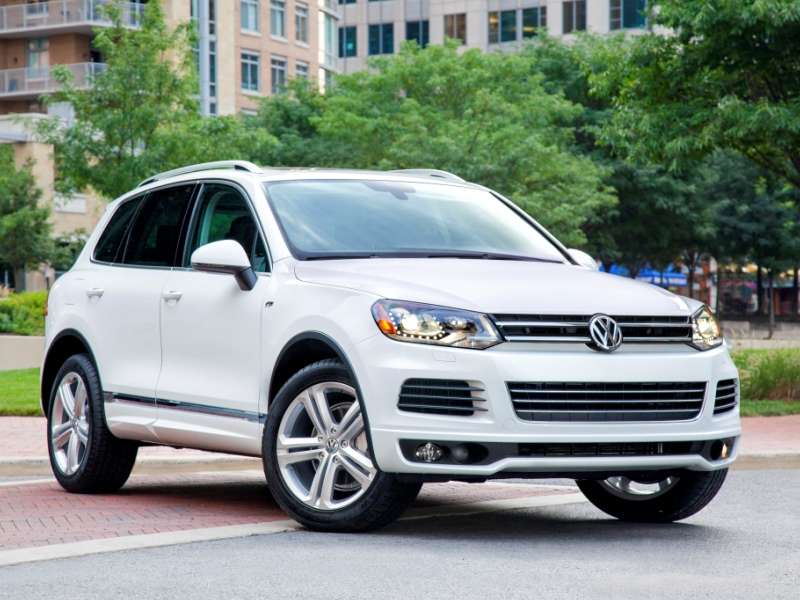Recent Articles
Popular Makes
Body Types
The Ten Most Cost Effective Diesels
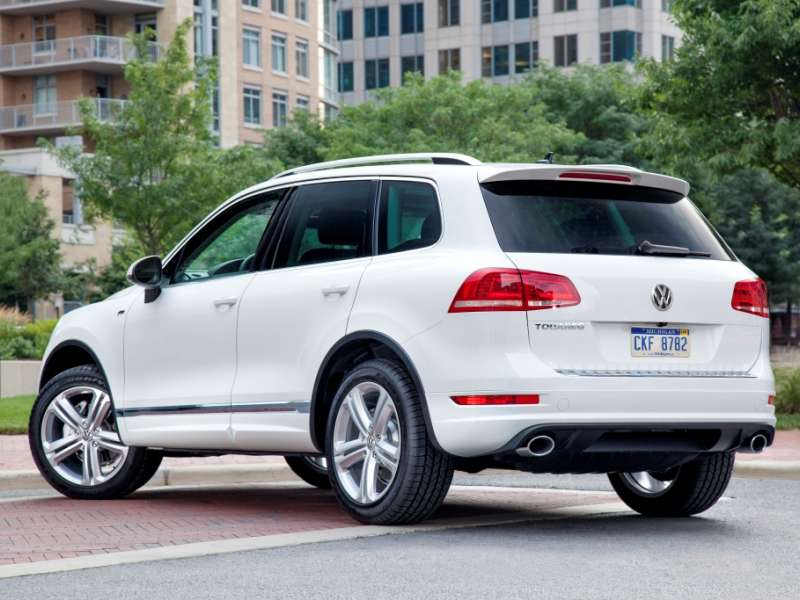
It is commonly accepted diesel models typically return better fuel economy than their gasoline counterparts. In fact, the more economical nature of the most cost effective diesels is one of the chief selling points for the models.
At first glance, many diesel models are hamstrung right out of the gate because of the higher price of diesel fuel. Further, the cost of a diesel engine is generally higher than the cost of a gasoline engine. This is because diesel fuel contains more energy than gasoline, so diesel engines must be built to withstand higher temperatures and more percussive ignition cycles.
In almost all cases, this results in the diesel version of an automobile having a higher MSRP than a gasoline version. It also means the diesel version of any given car will be slightly heavier in weight. In order to make up the difference, or even surpass their gas counterparts, the most cost effective diesels have to demonstrate lower overall operating costs.
Vincentric is an automotive research firm specializing in lifecycle cost measurement. The company’s 2013 Diesel Cost-of-Ownership Analysis has determined the 10 most cost effective diesels for 2013. To do this, Vincentric’s statisticians measured eight cost elements for over 3,000 vehicle configurations, assuming an annual mileage of 15,000 over five years.
The costs considered included depreciation, financing, fees and taxes, fuel, insurance, maintenance, opportunity costs, and repairs. Further, each month Vincentric’s people re-compiled its database to take into account current vehicle prices, resale values, fuel costs, and finance rates, as well as other economic and market factors. When all was said and done, the following 10 diesel models demonstrated the most significant cost savings over their gasoline-powered counterparts for the 2013 model year.
The Ten Most Cost Effective Diesels: 2013 Audi A3 TDI - $3,688 Cost Advantage
For 2013, Audi offered the A3 with a choice of either a 2.0-liter turbocharged gasoline fired powerplant (A3 2.0T), or a 2.0-liter turbocharged diesel-fueled powertrain (A3 TDI). The gasoline engine delivered 200 horsepower and 207-ft-lbs of torque, while the diesel produced 140 horsepower and 236 ft-lbs of torque. All-wheel drive was available as an option for the gasoline engine, but not the diesel. The comparison was based upon two front-wheel drive A3 models. The EPA estimated the fuel economy of the 2.0T gasoline model at 21 in the city, 30 on the highway, and 24 miles per gallon combined. The diesel A3 TDI was estimated to be capable of traveling 30 miles per gallon in the city, 42 on the highway, and 34 combined. Base price for the gasoline-fired 2013 Audi A3 2.0T was $28,165. The 2013 Audi A3 TDI diesel model started at $31,145. According to Vincentric’s findings, despite the $2,980 price advantage the 2.0T A3 enjoyed over its diesel counterpart, over the course of five years and 75,000 miles, the A3 TDI driver would realize some $3,688 in savings over the A3 2.0T driver.
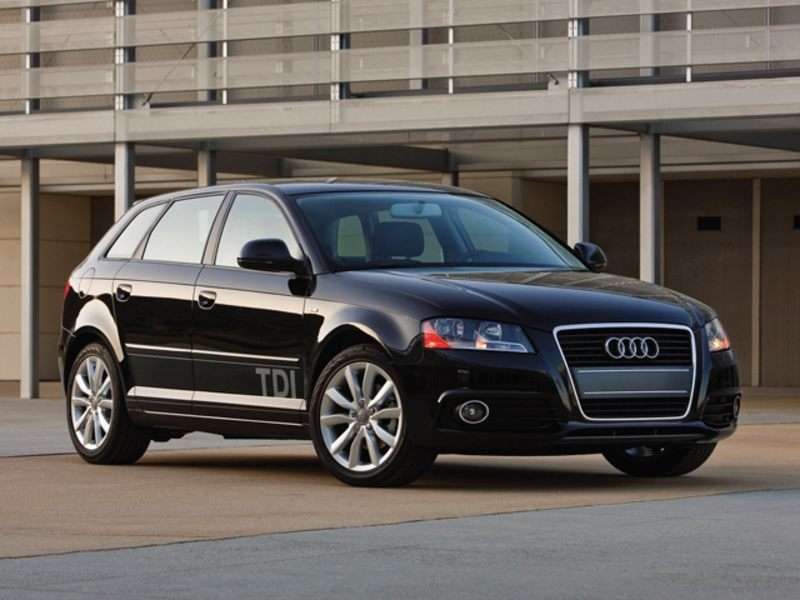
The Ten Most Cost Effective Diesels: 2013 BMW X5 - $3,155 Cost Advantage
BMW offered a number of different powertrains for the 2013 edition of its X5 SUV. On the gasoline side there was a 3.0-liter turbocharged inline six (X5 xDrive35i), a 4.4-liter twin turbocharged V8 (xDrive50i), and a diesel fueled, turbocharged 3.0-liter inline six-cylinder (xDrive35d). All three engines were paired with all-wheel drive. The gasoline engines were teamed with an eight-speed automatic transmission while the diesel had to make do with a six-speed automatic. For an apple to apples comparison, the two six-cylinder models were considered against one another. According to the EPA, the xDrive35i version of the X5 enjoyed 300 horsepower and 300 ft-lbs of torque in its basic configuration. The model would accomplish 16 miles per gallon in the city, 23 on the highway and 19 combined. Meanwhile, the 2013 BMW X5 xDrive35d offered 265 horsepower and an amazing 425 ft-lbs of torque. The EPA quoted this configuration of BMW’s X5 as capable of returning 16 miles per gallon in the city, 26 on the highway, and 22 combined. Base price for the 2013 BMW X5 xDrive 35i was $48,425, while the xDrive35d started at $57,625. According to Vincentric, despite the $9,200 difference in price in favor of the gasoline model, the diesel would overcome that differential over a five-year period and actually put its driver ahead in terms of ownership costs by some $3,155.
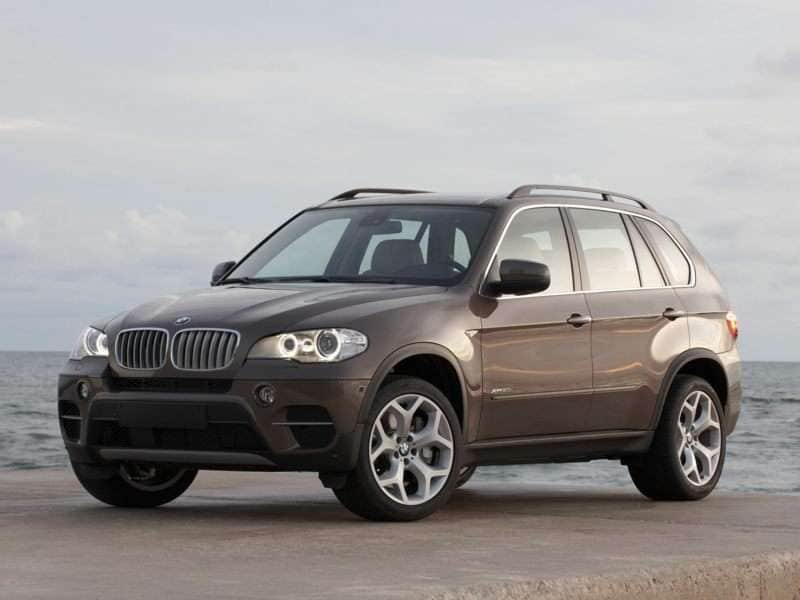
The Ten Most Cost Effective Diesels: 2013 Mercedes-Benz E350 - $637 Cost Advantage
The 2013 Mercedes-Benz E350 BlueTEC’s closest gasoline-fueled counterpart in the MBZ lineup was the 2013 Mercedes-Benz E350. With a base price of $51,905, the E350 featured a 302-horsepower 3.5-liter V6 capable of generating 273 ft-lbs of torque, mated to a seven-speed auotmatic transmission. Its diesel counterpart, the $53,105 2013 Mercedes-Benz E350 BlueTEC, featured a 3.0-liter turbocharged V6 delivering 210 horsepower and 410 ft-lbs of torque. A seven-speed automatic routed power from that engine to the rear wheels—just as with the gasoline fired E350 Mercedes. According to the EPA, drivers can expect to see 20 miles per gallon in the city, 30 on the highway, and 23 combined. The BlueTEC engine gives the diesel Benz the capability of returning 21 in the city, 32 on the highway and 25 combined. According to Vincentric’s findings, the $1,200 price difference is offset by $637 in favor of the diesel model over a five year period at 15,000 miles annually.
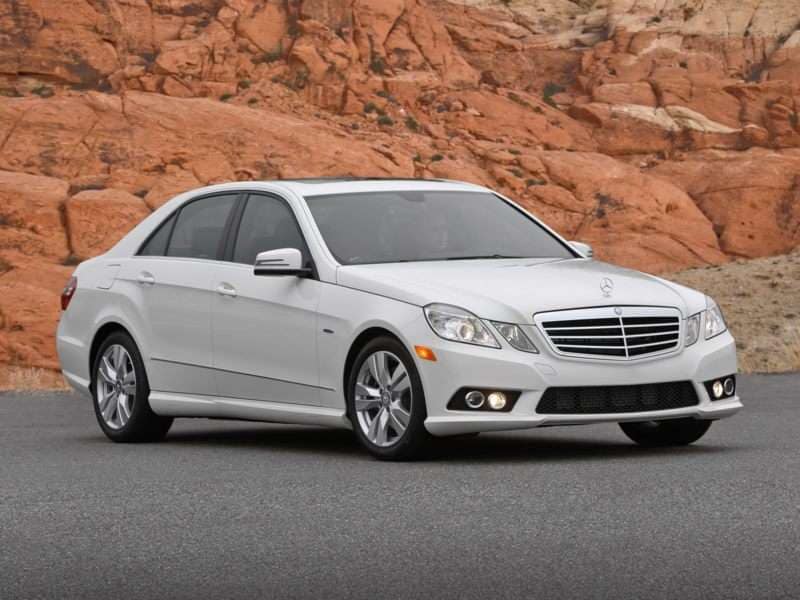
The Ten Most Cost Effective Diesels: 2013 Mercedes-Benz GL350 - $8315 Cost Advantage
With a base price of $63,305, the 2013 Mercedes-Benz GL350 BlueTEC was priced some $1,500 less than its closest gasoline-powered sibling in the Mercedes lineup; the $64,805 GL450. As you might well imagine, this stood it in very good stead in terms of cost effectiveness against its rival. Identically equipped other than engines, the 2013 Mercedes GL450 used a twin-turbocharged 4.7-liter V8, which produced 362 horsepower and 404 ft-lbs of torque. Meanwhile, the diesel-powered 2013 Benz GL350 got 240 horsepower and 455 ft-lbs of torque from its 3.0-liter turbocharged V6. A seven-speed automatic transmission and all-wheel drive completed both powertrains. Before we discusss fuel economy, keep in mind this was the largest Mercedes SUV offered for the 2013 model year—with a host of luxury gear and three rows of seating. Fuel economy ratings for the 2013 BlueTEC Benz are 19 miles per gallon in the city, 26 on the highway, and 22 miles per gallon combined. Meanwhile, the 2013 GL450 is estimated to to travel 14 miles per gallon in the city, 19 on the highway, and 16 overall. The lower MSRP and the higher fuel economy, along with other operating cost savings generated a list topping $8,315 cost effectiveness adavantage for the 2013 Mercedes-Benz GL350 BlueTEC over its 2013 Mercedes GL450 rival.
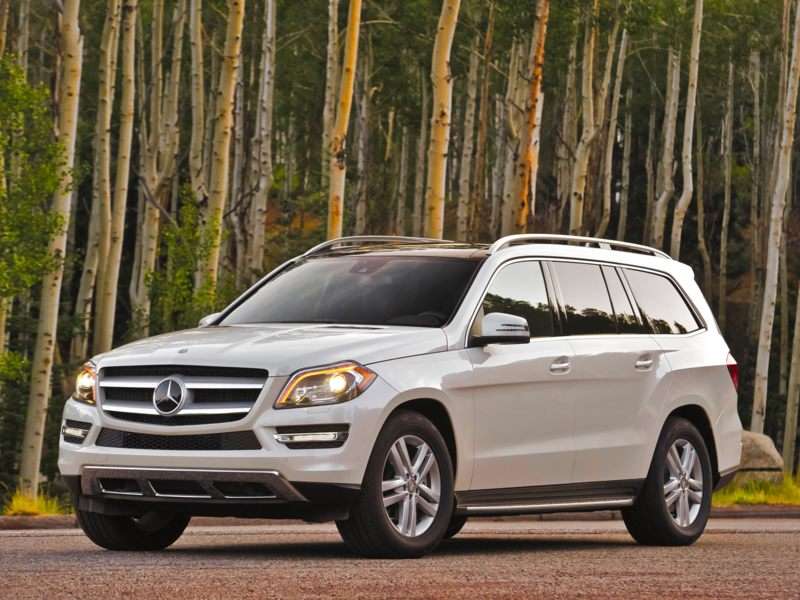
The Ten Most Cost Effective Diesels: 2013 Mercedes-Benz ML350 - $1,620 Cost Advantage
The mid-size 2013 Mercedes-Benz suv started at $48,175 for the gasoline-fueled ML350, while the diesel-powered ML350 BlueTEC’s base price was $52,175. However, the 2013 ML350 BlueTEC was only offered with all-wheel drive. The all-wheel drive version of the gasoline powered 2013 ML350 had a base price of $50,675. In addition to all-wheel drive, both models employed seven-speed automatic transmsisions. In terms of comfort and convenience features, both models were similarly equipped. Using gasoline as fuel, the normally aspirated 302-horsepower 3.5-liter V6 in the 2013 Mercedes ML350 delivered 273 ft-lbs of torque, along with 18 miles per gallon in the city, 23 on the highway, and 20 miles per gallon combined. The 240-horsepower turbocharged 3.0-liter diesel V6 powering the 2013 ML350 BlueTEC was capable of 455 ft-lbs of torque, along with 20 miles per gallon in the city, 28 on the highway, and 33 miles per gallon combined. What’s more, both models accelerated from zero to 60 in 6.8 seconds. This meant the ML350 BlueTEC was capable of delivering superior fuel economy numbers, equal performance, and a savings of $1,620 in operating costs over a five year period— assuming 15,000 miles per year.
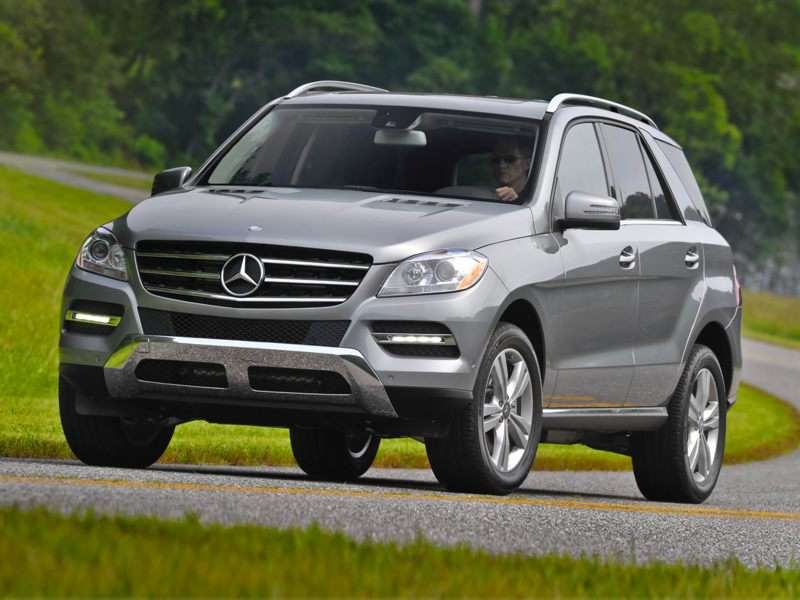
The Ten Most Cost Effective Diesels: 2013 Mercedes-Benz S350 - $6,532 Cost Advantage
The flagship Mercedes model was offered with a rather broad array of powertrain options for the 2013 model year. These included a hybrid system, a V6 turbodiesel, two different turbocharged V8 engines, and a pair of turbocharged V12s as well. Within that range, the closest competitor to the diesel-powered S350 BlueTEC for the 2013 model year was the S550 4MATIC sedan, as Mercedes only offered diesel for S Class model in the US with an all-wheel drive powertrain. Base price for the 2013 S550 4MATIC Mercedes-Benz was $98,905 while the S350 BluTEC 4MATIC commanded $93,905, some $5000 less. With an advantage like this going for it right out of the gate, it was fairly easy for the diesel S Class to rack up a $6,532 cost effectiveness advantage over its gasoline fired stablemate. This is particularly remarkable when you consider both models carry essentially the same comfort and convenience equipment. The S350 BlueTEC’s turbocharged 3.0-liter diesel produced 240 horsepower, 455 ft-lbs of torque, and an estimated 21 miles per gallon in the city, 31 on the highway, and 25 combined. The 2013 S550 4MATIC Benz ran a 4.7-liter twin-turbo V8, capable of 429 horsepower and 516 ft-lbs of torque; along with 15 miles per gallon in the city, 24 on the highway, and 18 combined.
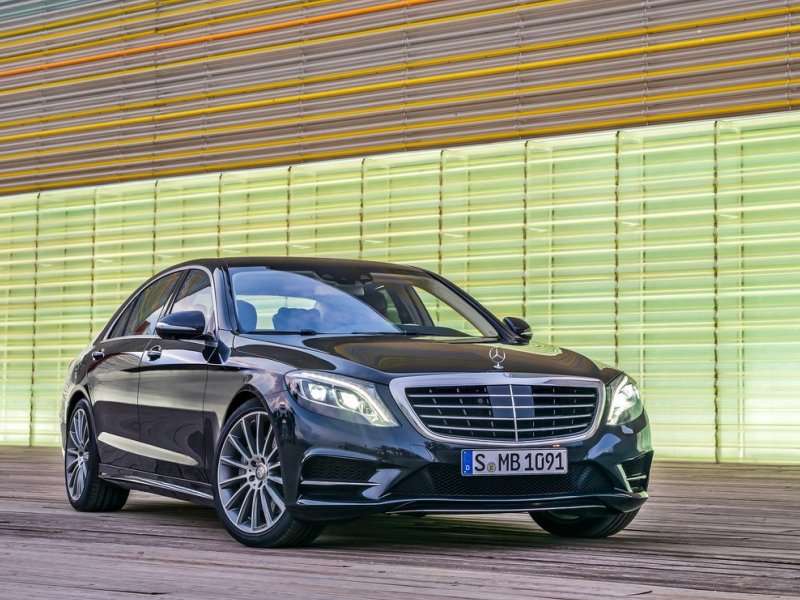
The Ten Most Cost Effective Diesels: 2013 Volkswagen Beetle - $4,071 Cost Advantage
For the 2013 model year, Volkswagen offered its iconic Beetle model with three engine choices; a 2.5-liter five cylinder producing 170 horsepower and 177 ft-lbs of torque (Beetle 2.5 L) ; a turbocharged 2.0-liter inline four developing 200 horsepower and 207 ft-lbs of torque (Beetle Turbo); and 2.0-liter, four-cylinder turbodiesel with 140 horsepower and 236 ft-lbs of torque (Beetle TDI). Pricewise, the closest VW Beetle offering to the TDI was the 2.5L. The 2.5L Beetle with a five-speed manual transmission (the only 2.5L manual offering) started at $20,790. The 2013 Beetle TDI with a six-speed manual transmission (the five-speed was not offered with the diesel engine) started at $24,290. According to Vincentric, when all of the variables are taken into consideration, the Beetle TDI comes out with a $4,071 cost effectiveness advantage over its gasoline-powered counterpart. Fuel economy for the 2013 2.5L Beetle was rated by the EPA at 22 mpg in the city, 31 on the highway, and 25 miles per gallon combined. With the TDI powertrain fitted to the 2013 Volkswagen Beetle, the EPA said you could anticipate 28 miles per gallon in the city, 41 on the highway, and 32 miles per gallon combined.
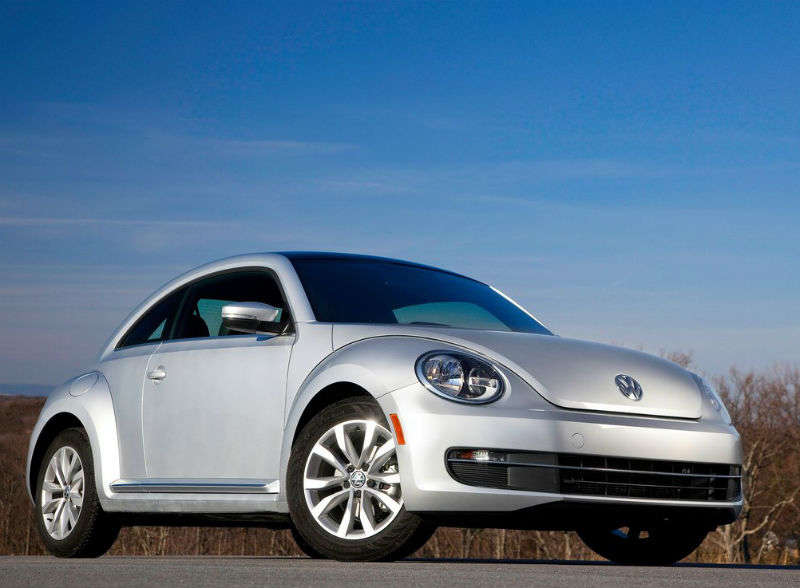
The Ten Most Cost Effective Diesels: 2013 Volkswagen Jetta - $1,443 Cost Advantage
Volkswagen’s entry level sedan model for the US marketplace—the Jetta—is the most affordable German four-door sedan available. For the 2013 model year, Vokswagen offered the Jetta with a choice of three engines, as well as a gasoline/electric hybrid powertrain system. The conventional powertrain offerings included a 115-horsepower 2.0-liter four-cylinder engine capable of generating 125 ft-lbs of torque (for base Jetta models). The next level up from there was a 2.5-liter inline five-cylinder with 170 horsepower and 177 ft-lbs of torque (fitted to Jetta SE and SEL). The diesel offering (Jetta TDI) was a 2.0-liter turbocharged inline four capable of producing 140 horsepower and 236 ft-lbs of torque. The closest model to the Jetta TDI in the lineup—in terms of equipment—was the Jetta 2.5 SE with a five-speed manual transmission and the convenience option package. Base price for that model was $21,125. The TDI Jetta with a six-speed manual transmisison (the five-speed was not offered with the diesel) was $23,850, for a difference in price of $2,725 in favor of the Jetta 2.5 SE. However, when fuel economy and other cost savings were factored, the Jetta TDI was found to have a $1,443 cost advantage over its gas-powered sibling. The 2.5 SE with the five-speed manual was rated at 23 miles per gallon in the city, 29 on the highway, and 25 combined with the five-speed manual. The TDI was rated at 30 in the city, 42 on the highway, and 34 combined.
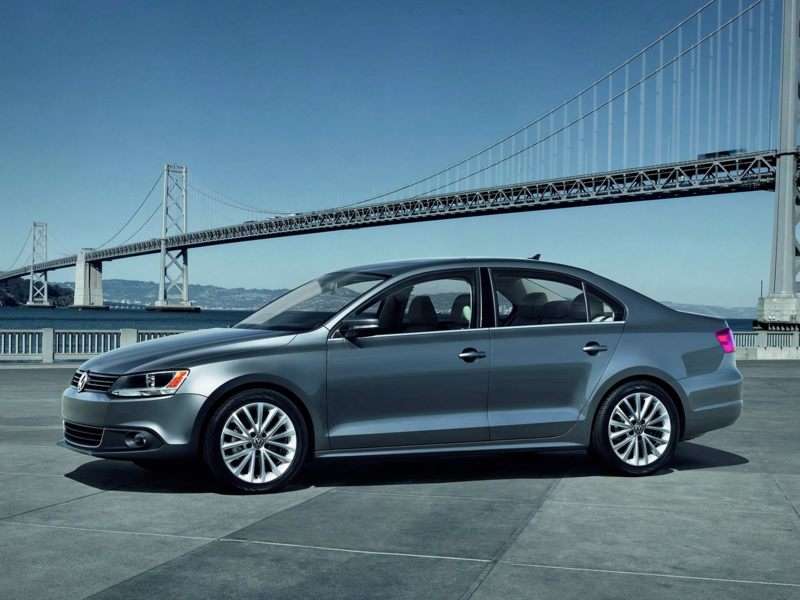
The Ten Most Cost Effective Diesels: 2013 Volkswagen Passat - $794 Cost Advantage
Volkswagen’s 2013 Passat full-size sedan went to market with a choice of three engines. The car could be fitted with either a 2.5-liter five-cylinder producing 170 horsepower and 177 ft-lbs of torque, a 3.6-liter V6 with 280 horsepower and 128 ft-lbs of torque, or the TDI model’s 2.0-liter turbocharged four-cylinder, producing 140 horsepower and 236 ft-lbs of torque. In terms of price, the closest Passat model to the TDI was the Passat 2.5 SE and the TDI SE. The 2.5 SE, with a five-speed manual transmission started at $24,740, while the TDI SE with a six-speed manual transmission (the five-speed was not offered with the diesel engine) started at $27,020. Despite the price difference of $2,280 in favor of the gasoline-fueled 2.5 SE, the Pasat TDI enjoyed a $794 cost adavantage over the 2.5 SE over a five year period—assuming 15,000 miles of driving annually. Fuel economy for the 2.5 was rated at 22 in the city, 32 on the highway, and 26 combined. Meanwhile, the TDI earned a rating of 31 in the city, 43 on the highway, and 35 combined.
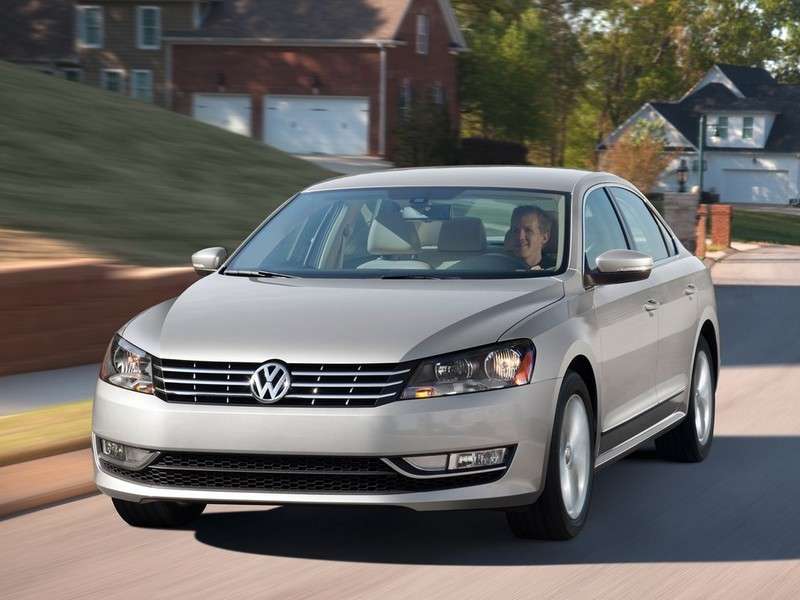
The Ten Most Cost Effective Diesels: 2013 Volkswagen Touareg -$940 Cost Advantage
Volkswagen’s full-size Touareg SUV offering was presented to the US market with a choice of three engines for the 2013 model year. The base engine was a 280-horsepower 3.6-liter VR6 producing 265 ft-lbs of torque. The Hybrid Touareg used a supercharged 3.0-liter V6 and an electric motor. The diesel powered Toaureg TDI featured a 3.0-liter turbocharged powerplant, capable of generating 240 horsepower and 406 ft-lbs of torque. All Touareg models for 2013 used all-wheel drive and eight speed automatic transmissions. The 3.6-liter Touareg started at $44,820, while the TDI-equipped VW SUV started at $48,320 for a $3,500 price advantage favoring the gasoline fired Touareg. However, the TDI returned 20 miles per gallon in the city, 29 on the highway, and 23 combined. The 3.6 could only muster 17 in the city, 23 on the highway, and 19 combined. Over five years, at 15,000 miles per year, along with other cost related factors, this produces a $940 cost effctiveness advantage in favor of the diesel.
